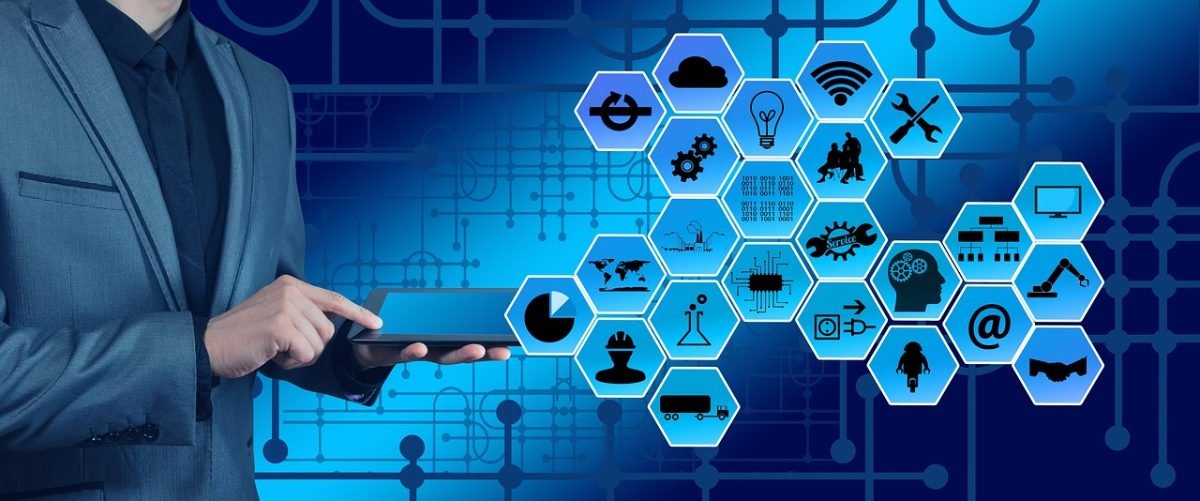The field of applied industrial technologies is constantly evolving, with new advancements and innovations emerging all the time. From automation and robotics to sustainability and renewable energy, there are many exciting developments to keep an eye on. In this guide, we’ll explore some of the latest trends and predictions in the world of applied industrial technologies.
Automation and Robotics.
Automation and robotics are rapidly transforming the world of applied industrial technologies. With advancements in artificial intelligence and machine learning, robots are becoming more sophisticated and capable of performing complex tasks. This has led to increased efficiency and productivity in industries such as manufacturing and logistics. However, there are also concerns about the impact of automation on employment and the need for retraining and reskilling workers. As technology continues to advance, it will be important for industries to find a balance between automation and human labor.
Sustainability and Green Technologies.
As the world becomes more aware of the impact of industrialization on the environment, there is a growing demand for sustainable and green technologies. This includes everything from renewable energy sources to eco-friendly manufacturing processes. Companies that prioritize sustainability are not only helping to protect the planet, but they are also attracting consumers who are increasingly conscious of their environmental impact. In the future, we can expect to see more investment in sustainable technologies and a shift towards more environmentally-friendly practices in the industrial sector.
Internet of Things (IoT) and Big Data.
The integration of IoT and big data is a major trend in the world of applied industrial technologies. IoT devices, such as sensors and smart machines, are generating vast amounts of data that can be analyzed to improve efficiency, productivity, and safety in industrial settings. This data can also be used to predict and prevent equipment failures, reducing downtime and maintenance costs. As more companies adopt IoT and big data technologies, we can expect to see significant advancements in industrial automation and optimization.
Augmented Reality and Virtual Reality.
Another trend in applied industrial technologies is the use of augmented reality (AR) and virtual reality (VR) in industrial settings. AR and VR technologies can be used to train employees, simulate complex processes, and visualize designs before they are implemented. This can lead to improved efficiency, reduced errors, and increased safety in industrial environments. As AR and VR technologies continue to improve and become more accessible, we can expect to see them being used more widely in the industrial sector.
Artificial Intelligence and Machine Learning.
Artificial intelligence (AI) and machine learning (ML) are two of the most significant trends in applied industrial technologies. AI and ML can be used to automate processes, optimize production, and improve decision-making. For example, predictive maintenance systems can use AI and ML algorithms to analyze data from sensors and predict when equipment is likely to fail, allowing maintenance teams to perform repairs before a breakdown occurs. As AI and ML technologies continue to advance, we can expect to see them being used more widely in the industrial sector, leading to increased efficiency and productivity.


